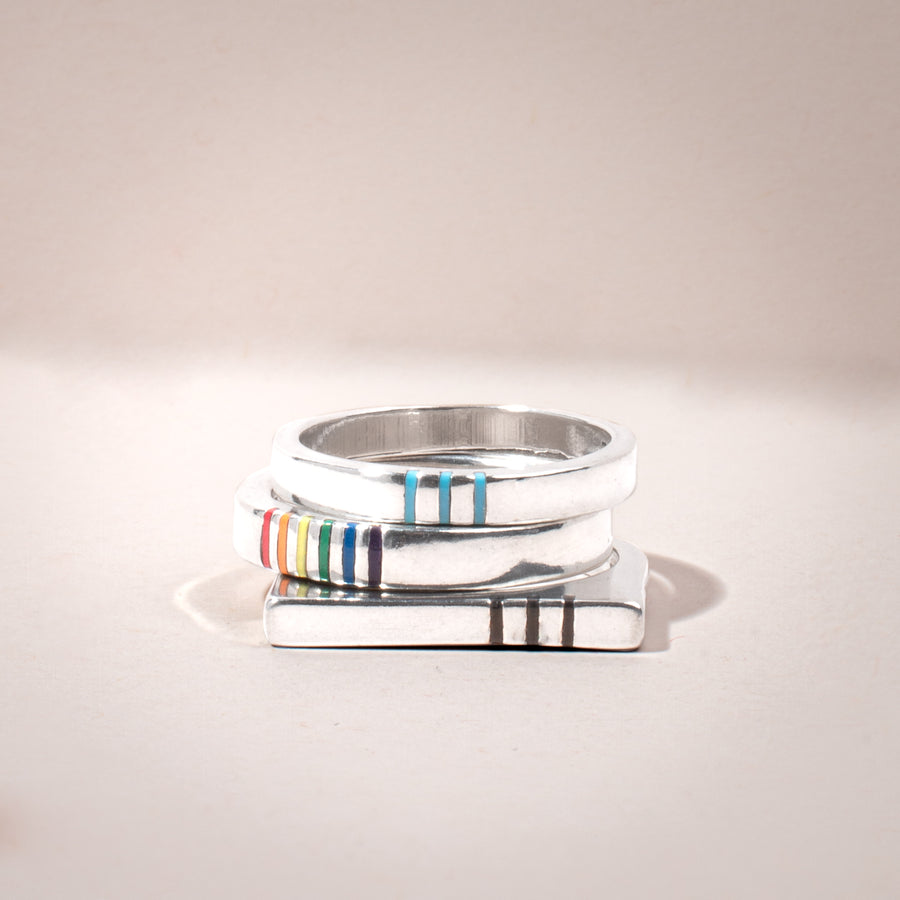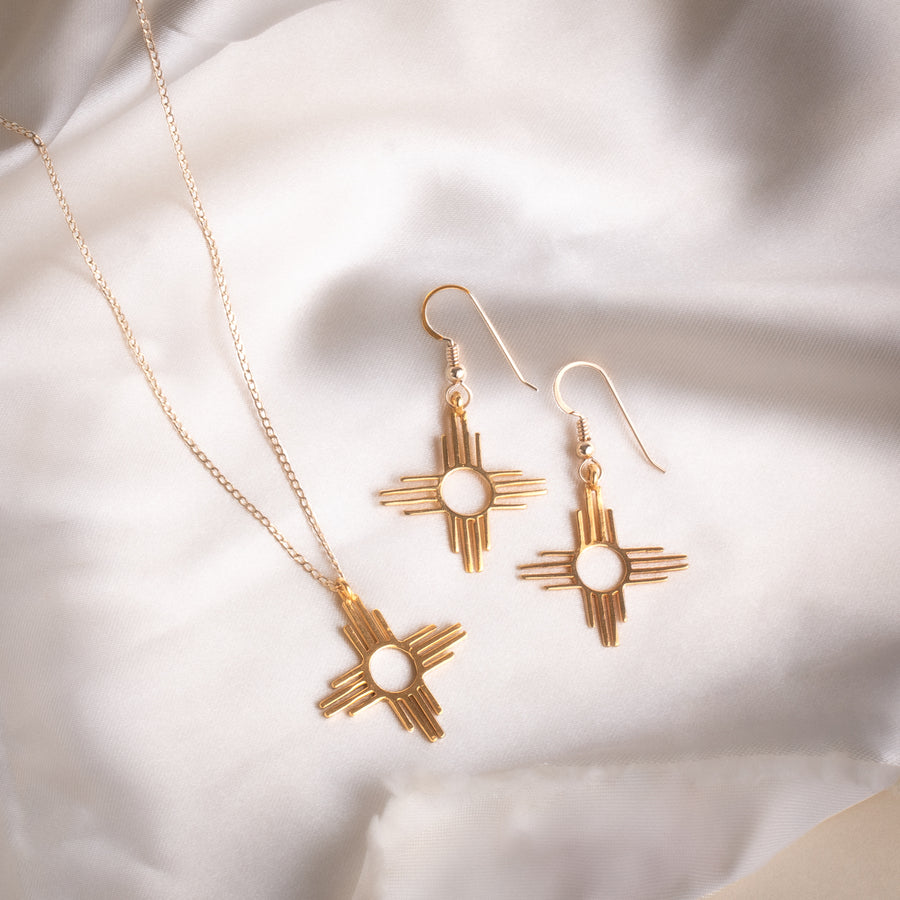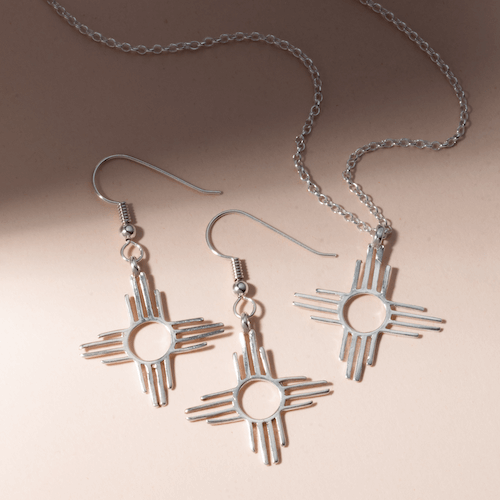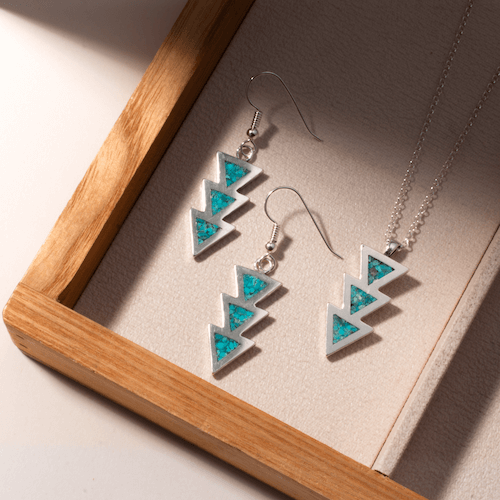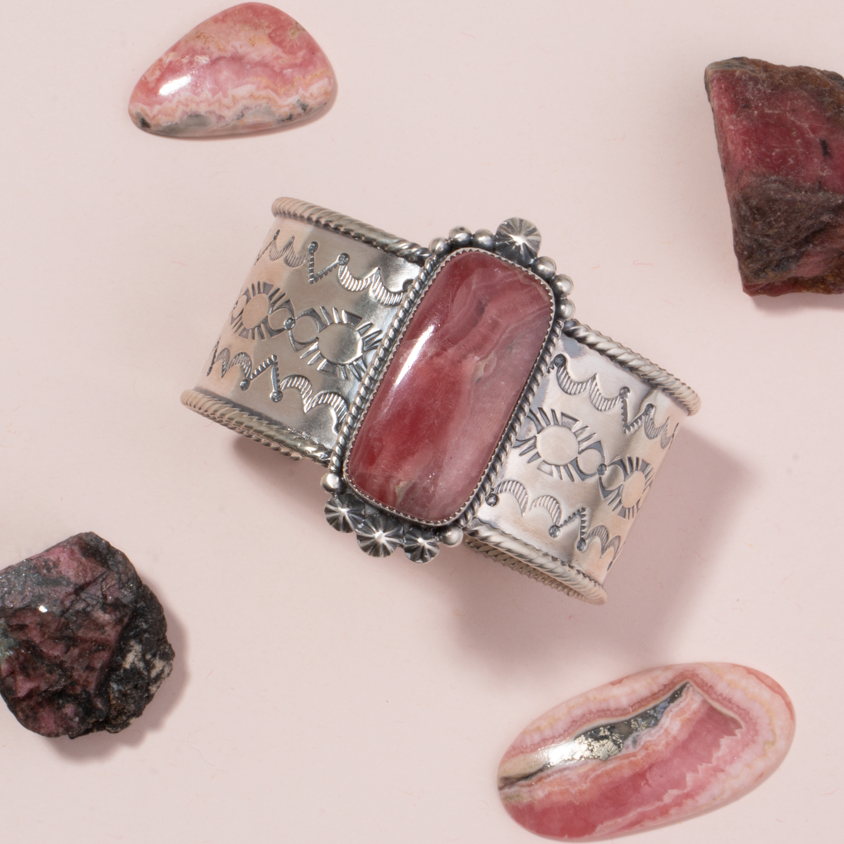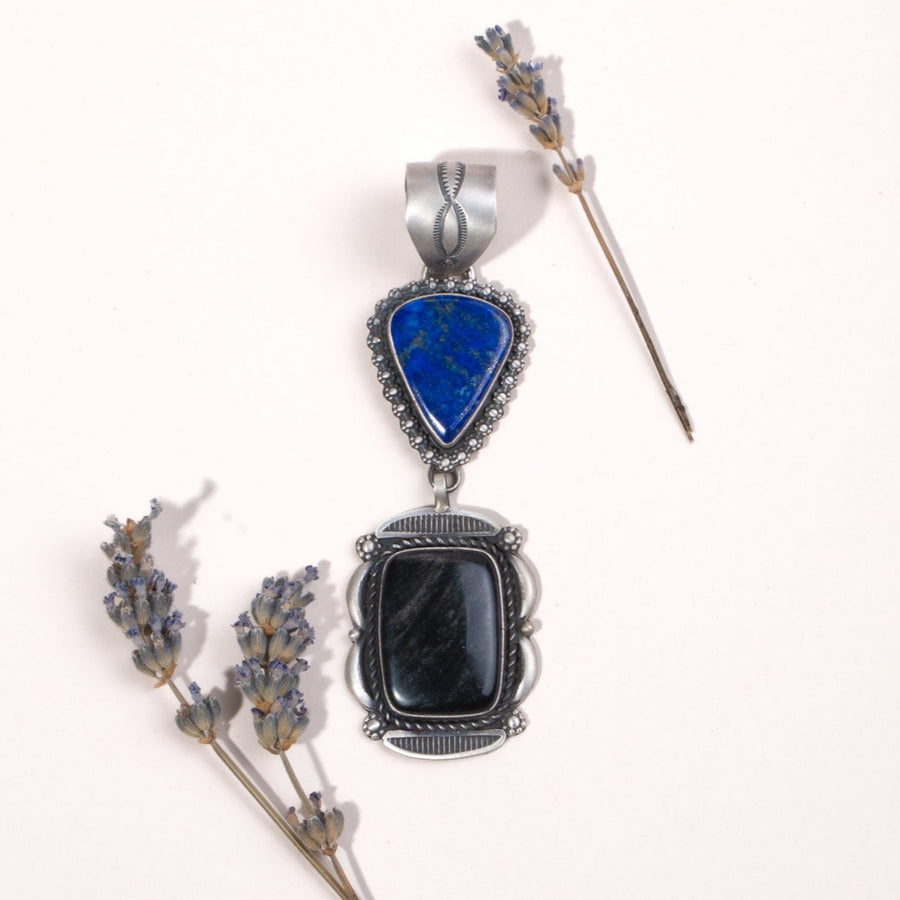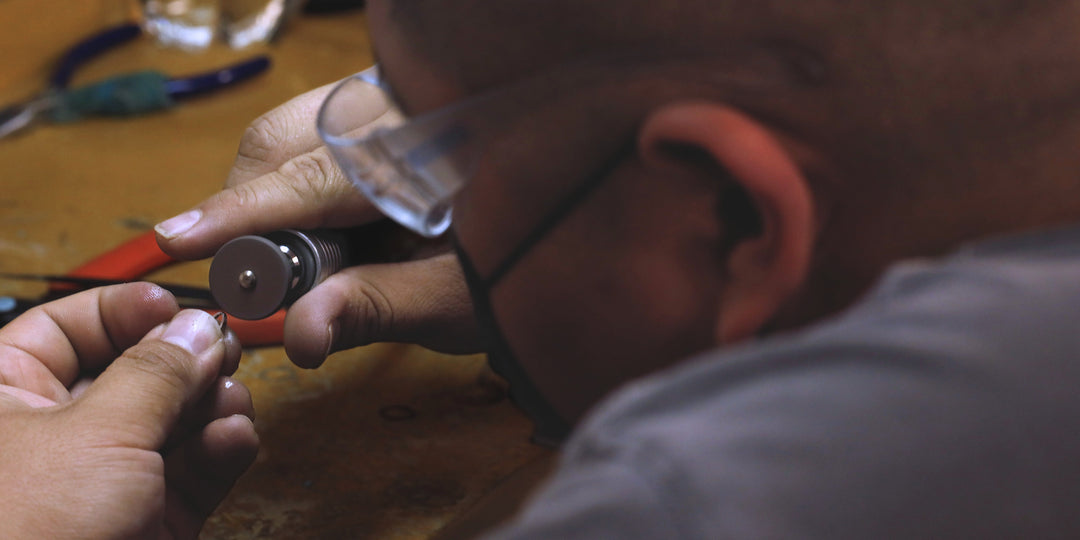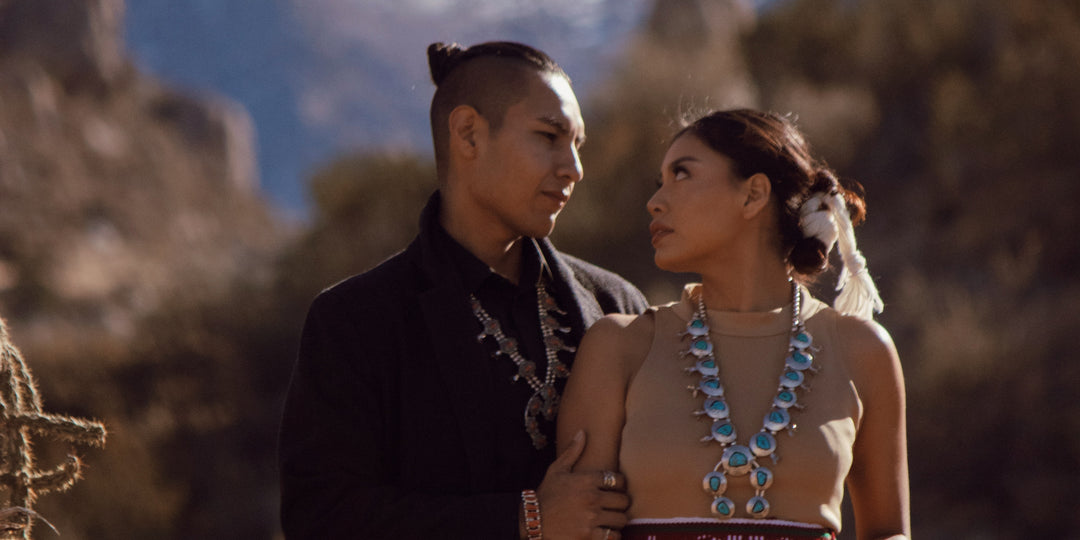Ancient Adornment: Turquoise Jewelry in the Yellowjacket Pueblo
Purchasing jewelry comes with certain connotations in our culture. Depending on the type and style, a necklace, bracelet or ring can be an artistic expression, a sign of status, or a representation of a deep and loving commitment. From royalty all the way to the average person, humans the world over have found ways to express their emotions, enhance their status, or add glamour to their appearance with jewelry.
When we look back over the panorama of human history, we come to understand that personal adornment is a concept which has been around as long as mankind. Cultures across the globe have their own ideas about what is precious and valuable enough to be worn and the meaning behind each piece. Even prehistoric societies were believers in the beauty of jewelry. The picture of their lives which we have been able to piece together from the things they left behind show us the same importance we attach to items of jewelry today.
Long before cities like Denver and Boulder became bustling hubs of human activity, the ancient city of Yellowjacket Pueblo was home to a vibrant culture in southwestern Colorado. The site was inhabited mainly in two time periods, the first beginning in 500 AD and lasting until 700 AD, and the second habitation beginning around 900 AD, when people began to return to the pueblo. This second settlement would last until between 1250 to 1275. What would remain after those habitations paints a picture of their lives for us today.
It is believed that Yellowjacket Pueblo was an ancient city center for religion and politics, as well as part of a network of trade that brought many objects from out of the local area into the city. Various items found in the site, such as shells and pottery, came from far beyond the borders of the pueblo. Trade may have included types of food as well. It is possible that the inhabitants of Yellowjacket traded their plentiful deer meat for items such as turquoise from further south.
Pottery found in the site, according to Dr. John Cater, one of the archaeologists involved in the excavation of Yellowjacket Pueblo, followed the general trends of the time period. The evidence showed a fondness for the black on red ware found in southeastern Utah, which adds to the conclusion that Yellowjacket was an area engaged in trade. Along with the pottery, archaeologists found a great many jewelry pendants. There was also evidence of what may have been a lapidary shop. The room may also have been a spot where someone made fine tools. The work would have been labor intensive and another indication of the importance of trade goods. Flakes from high quality stones filled some of the pits in the room. Dr. Cater also mentions there being jet and turquoise found in many parts of the room.
Though it made an appearance among the remains, turquoise was not one of the main pendant components found in the site. Turquoise was not a common material in the area around Yellowjacket. What pieces of turquoise found there likely was traded from the area around Santa Fe. Cater described many of the pendants as made of red shale. Most were about the size of “an Eisenhower dollar” or smaller, with a single perforation at the top. Some also had serrated edges. What the stones were suspended on was likely organic material, which did not survive. The pendants were found all over, on the floors, in the fill and in the offering pits of the kivas.
There were also shell pendants. Such shells are believed to have come from the Gulf of California, a distance of almost eight hundred miles. Dr. Cater and his colleagues found shells perforated on either end and strung into necklaces, along with what looked like clam shells with the center carved out and made into bracelets.
The beliefs about why these pendants were found in so many spots reminds us of the human story behind the history. This story reflects our similarities to these long-ago people. As John Cater puts it, “artifacts represent part of the human experience of the past”. The structures Ancestral Pueblo people called home were built with ceremony. When they were “opened”, specific figures were carved into the floor then filled with white sand. Special pendants were considered room offerings. Should the structure be abandoned, these offerings of both stone and other materials would be burned and the ash scooped into the offering pit. It would then be sealed with fresh clay and everything pulled down around it. According to Cater, the people would “breathe life into” the structure when they opened it, then hold a ceremony “closing it so no one could take that life away”.
Ancient jewelry reflected human emotion as well. Cater talked about the burial of an infant in another area not far from Yellowjacket. The infant’s remains bore a lignite pendant around the neck. To Cater, this was a sign of reverence. It can be a reminder of that emotional connection such adornment can make for all of us. Such a burial item shows the deep love held by those burying this child.
That attachment to human emotion is the most important story behind many of the artifacts pulled from such sites. Cater believes the smallest “piece of pottery represents something that meant something to someone in the past”. In that respect, jewelry is an important link in the story of these ancient people. As Cater says, “it adorns the people who are wealthy and it adorns the people we love.” Such a connection is not hard for the modern world to understand.
Resources:
Interview with Dr. John D. Cater conducted by Debra Doggett
Kuckelman, Kristin. The Archaeology og Yellow Jecket Pueblo. Crow Canyon Archaeological Center. 2003. http://www.crowcanyon.org/researchreports/YellowJacket/Text/yjpw_introduction.asp
Rohn, Author Image “Ewing Site near Yellow Jacket” AAHS. http://www.az-arch-and-hist.org/2012/03/arthur-rohn-the-neglected-stage-of-puebloan-culture-history/
